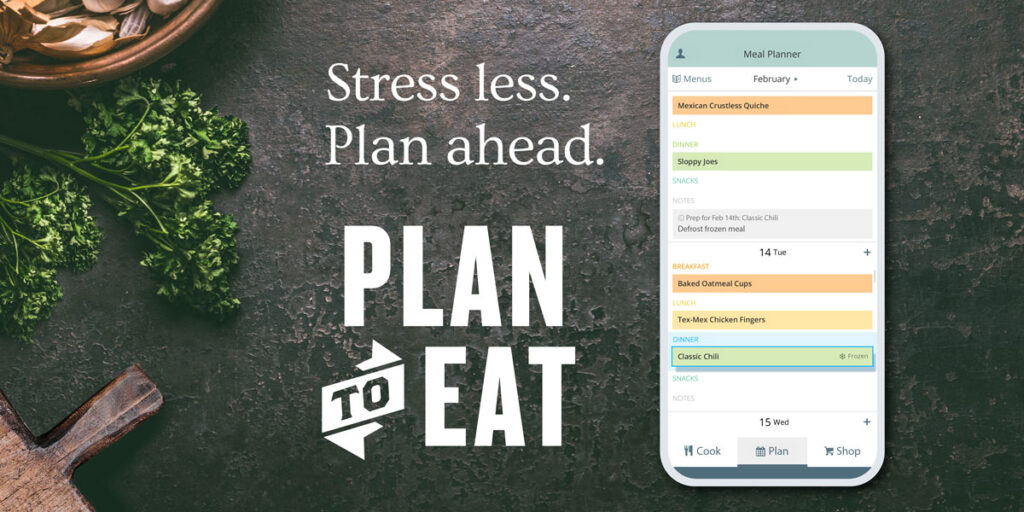I think a lot of people are overwhelmed when they consider a switch to traditional or real foods as an overarching philosophy for feeding their family. I can totally appreciate that because I remember reading Nourishing Traditions and thinking “Yeah right, my kitchen will never crank out all of that.”
And then little by little it happened. We swapped out vegetable oil and embraced animal fats. I stopped buying crackers and cereal and started making them at home. I roasted a chicken and it took two minutes to throw the carcass into the crock pot for stock. I slowly but surely experimented with ferments.
Then one day you wake up and you look around and it just works. You’re eating real food from sources close to home and your family is healthier and happier for it.
The bonus: money saved in the kitchen and the doctor’s office. You’d think it was super complicated to switch from the SAD diet to a traditional foods diet that kept people going for generations, but it’s really not. There are just ten staples you need to have.
Healthy Fats
Focus on animal fats from pastured animals. It’s the opposite of what every “expert” has ever told you, but look around you and ask yourself how that advice is working out for us. Here’s how to render tallow and lard and here’s the science behind why saturated fat is actually good for you.
What I Stock: grass-fed butter, ghee, lard, tallow, coconut oil, olive oil.
Fermented Vegetables
This was one of the traditional foods that I took the longest to jump on board with, but once I did it became one of our favorite for health, flavor, and sustainability reasons. These are quite expensive to buy at the health food store so I make my own at home.
What I Stock: Kimchi, salsa, pickles, cortido.
Pastured Meats
Meat is a good example of a food that was once considered nutrient-dense and essential but through factory farming practices has become destructive and unhealthy. Pastured meat is full of essential protein, minerals, and vitamins. Eventually you can add super food organ meats as well.
What I Stock: Any poultry or animal as long as it is 100% pastured or wild.
Fermented Dairy
We started with raw milk, which is very different from the industrialized pasteurized milk commonly sold. Then I began culturing this milk into yogurt, kefir, and sour cream. You can find starters here.
What I Stock: Yogurt, kefir, creme fraiche, or dairy-free coconut milk kefir.
Fresh, Seasonal Vegetables
This is one thing that everyone can agree on, but I insist on liberal amounts of fat with our vegetables. We eat tons of them because of this and it is kind of hard to take advantage of fat-soluble vitamins when there is no, well, fat. I find that a meal consisting of ample vegetables with good fats and a moderate serving of protein is something that keeps us feeling our best.
What I Stock: Leafy greens, root vegetables, fruiting vegetables, smaller amounts of fruit.
Soured Grains
I started soaking our oatmeal and the rest of our grains and now I am convinced that actually souring or fermenting them is the best way to go for a number of reasons. First of all they are easier to digest, secondly they are more nutrient-dense, and finally they are more sustainable in that there is no need for commercial yeast. Win, win!
What I Stock: Traditionally made sourdough bread, soaked (or even better, soured) porridges and grains.
Bone Broth
I don’t know why but this was so intimidating to me when I used to buy cartons of stock. Now I throw a chicken carcass or some beef bones in a stock or crock pot, add vinegar or lemon juice, and simmer away for 1 or 2 days. Dead. Simple.
What I Stock: Crock pot chicken stock or beef broth.
Soaked Beans & Legumes
When we have meatless meals we always add some sort of animal product to the meal to make it nutrient-dense and filling. Cooking beans in bone broth, adding raw cheese or cultured cream, or adding some cooked bacon and bacon grease always seems to do the trick. And here are my 8 tips for making beans easy to digest.
What I Stock: I find lentils, white beans, and black beans easiest on the tummy and the most versatile.
Cod Liver Oil
The great thing about a nutrient-dense traditional diet is the lack of a need for many supplements. If there is one supplement, though, that is recommended in the traditional food circles it is cod liver oil. You can’t beat it for vitamins A & D so we take it when you might need these the most – definitely during winter, pregnancy, and for young children.
What I Stock: Green Pastures Fermented Cod Liver Oil. Yep, it’s expensive, but I find it worth it.
Simple, Old-Fashioned Kitchen Equipment
I’m not a huge fan of lots of gadgets, especially since we will soon be off-grid, so my only kitchen must-haves are a good cutting board, a chef’s knife, plenty of wooden spoons, a few mixing bowls, and a couple of cast-iron skillets. Other good things could include a slow-cooker, a blender or food mill, and a tea kettle.
What I Stock: All of the above plus a hand-crank grain mill.
What traditional food staples do you already incorporate in your kitchen?









